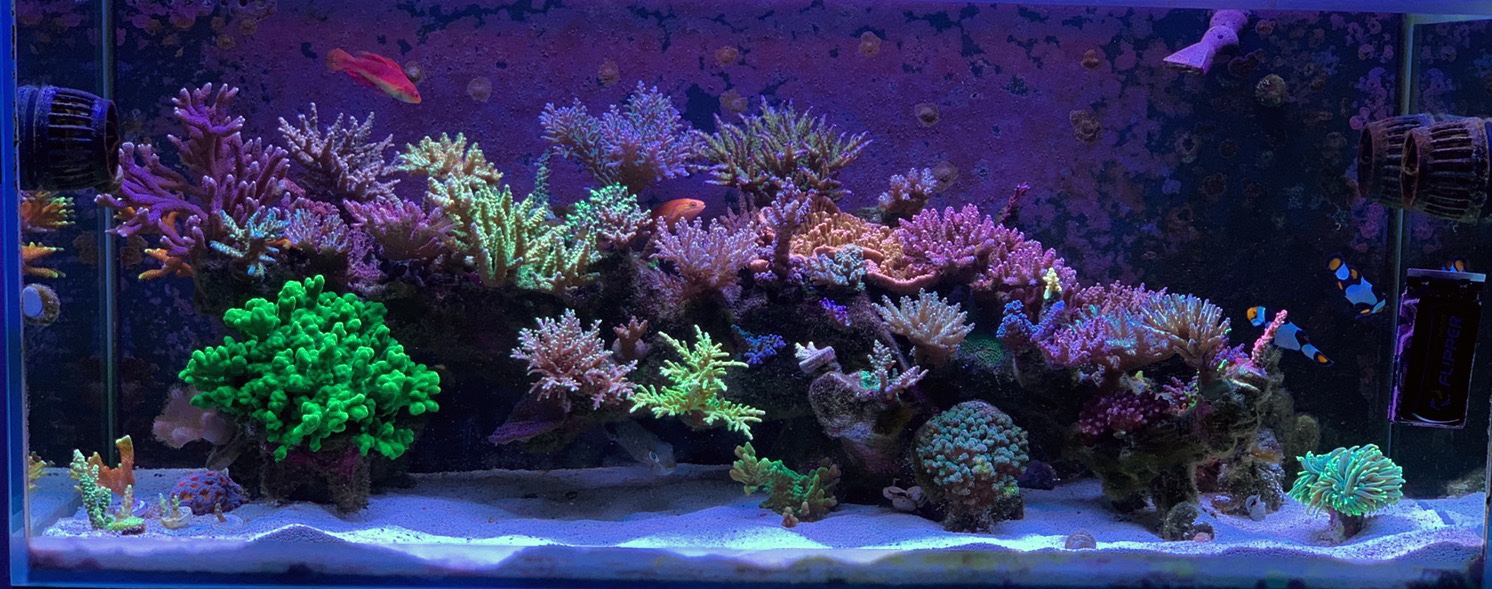Since this is the SPS forum, has anybody seen any evidence that SPS feed on anything that is offered to them in captivity, or that they get any benefit from it? Lasse had some compelling research that aminos are used up by single cell organisms before they get to the corals (SPS are outcompeted, but they can absorb aminos through the skin tissue) and there appears to be no evidence that SPS can eat reef roids, chili, or the like. Most invert biologists will maintain that the polyps are mostly for gas exchange and catch food as a secondary purpose.
N and P are building blocks and not food. More of them is not like having more carbon/sugar that the corals will get from the zoox (or if they can catch food).
All of this being said, light is the only thing that "feeds" SPS that we know for sure. I agree that some people starve their corals, but it is light based and not N and P based, or based on offered/prepared foods.
N and P are building blocks and not food. More of them is not like having more carbon/sugar that the corals will get from the zoox (or if they can catch food).
All of this being said, light is the only thing that "feeds" SPS that we know for sure. I agree that some people starve their corals, but it is light based and not N and P based, or based on offered/prepared foods.



















